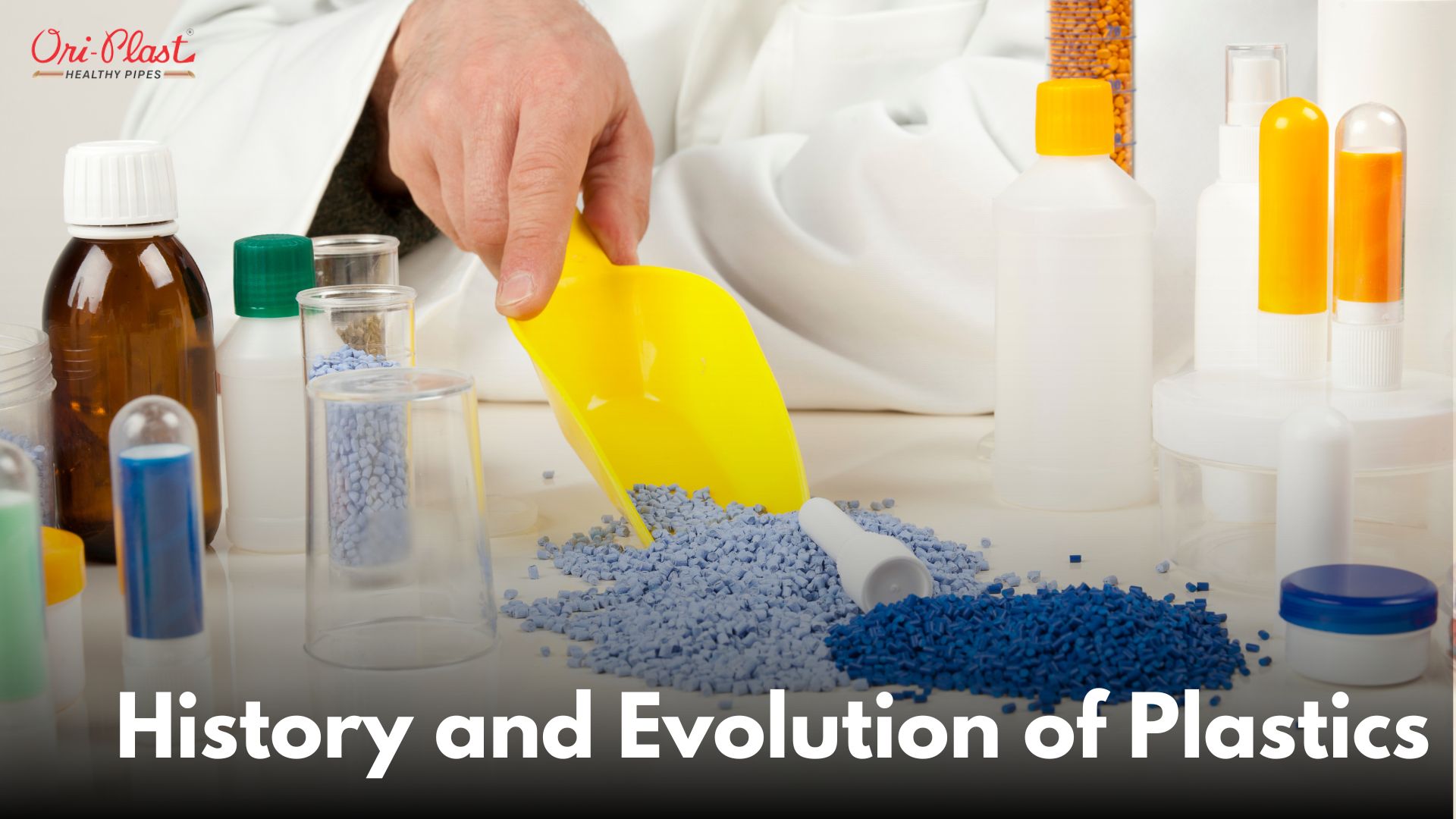When it comes to plumbing, choosing the right type of pipe is crucial for ensuring efficient water and gas distribution while maintaining the structural integrity of your plumbing system. With various options available, each possessing its own set of advantages and uniqueness, it's important to understand which pipes are best suited for different applications. In this article, we will explore the top 5 types of pipes used in plumbing, highlighting their advantages, uniqueness, usage scenarios, and material suitability.
1. CPVC (Chlorinated Polyvinyl Chloride) Pipes:
- Advantages: CPVC pipes are known for their high temperature and pressure resistance, making them ideal for both hot and cold water distribution. They are also corrosion-resistant, ensuring longevity and reliability. Additionally, CPVC pipes are relatively easy to install due to their lightweight nature.
- Uniqueness: CPVC pipes combine the durability of traditional PVC pipes with enhanced temperature resistance, making them suitable for both residential and commercial plumbing systems.
- Usage Scenario: CPVC pipes are commonly used in hot water supply lines, cold water distribution, and even sprinkler systems due to their ability to handle higher temperatures.
- Material Suitability: CPVC pipes are suitable for both water and gas distribution.
2. UPVC (Unplasticized Polyvinyl Chloride)
- Pipes:Advantages: UPVC pipes are non-toxic, resistant to chemicals, and have a smooth interior surface that prevents scaling and sediment buildup. They are also easy to install and have a longer lifespan, making them a cost-effective choice.
- Uniqueness: The unplasticized nature of UPVC pipes gives them added strength and stability, making them suitable for both indoor and outdoor plumbing applications.
- Usage Scenario: UPVC pipes are commonly used for underground drainage systems, sewer lines, and vent pipes.
- Material Suitability: UPVC pipes are suitable for water distribution, drainage, and sewer systems.
3. SWR (Soil, Waste, and Rainwater)
- Pipes:Advantages: SWR pipes are specifically designed for efficient drainage of soil, waste, and rainwater. They have a self-cleaning system that prevents clogging and is resistant to chemical reactions, ensuring a durable solution.
- Uniqueness: SWR pipes are uniquely tailored for waste management and environmental sustainability, making them an essential component of modern plumbing systems.
- Usage Scenario: SWR pipes are used for transporting sewage, waste, and rainwater away from buildings and structures.
- Material Suitability: SWR pipes are suitable for drainage and sewage systems.
4. PERT (Polyethylene of Raised Temperature Resistance)
- Pipes:Advantages: PERT pipes are highly flexible and have excellent temperature resistance, making them suitable for both hot and cold water distribution. They are also corrosion-resistant and have a long lifespan.
- Uniqueness: PERT pipes' flexibility and ability to withstand high temperatures make them suitable for challenging installation scenarios.
- Usage Scenario: PERT pipes are used in radiant floor heating systems, underfloor heating, and hot water distribution.
- Material Suitability: PERT pipes are suitable for water distribution and heating systems.
5. PVC-O (Oriented Polyvinyl Chloride)
- Pipes:Advantages: PVC-O pipes are incredibly strong and durable, with high impact resistance. Their smooth interior surface promotes efficient water flow and reduces friction losses.
- Uniqueness: The oriented molecular structure of PVC-O pipes provides exceptional strength while maintaining a lightweight profile.
- Usage Scenario: PVC-O pipes are used for water distribution, including potable water supply, pressurized irrigation, and industrial applications.
- Material Suitability: PVC-O pipes are suitable for water distribution.
In conclusion, selecting the right type of pipe for your plumbing needs is essential to ensure a reliable and efficient system. The choice depends on factors such as temperature, pressure, material compatibility, and intended usage. By understanding the advantages, uniqueness, usage scenarios, and material suitability of each type of pipe, you can make informed decisions that contribute to the longevity and effectiveness of your plumbing infrastructure.




